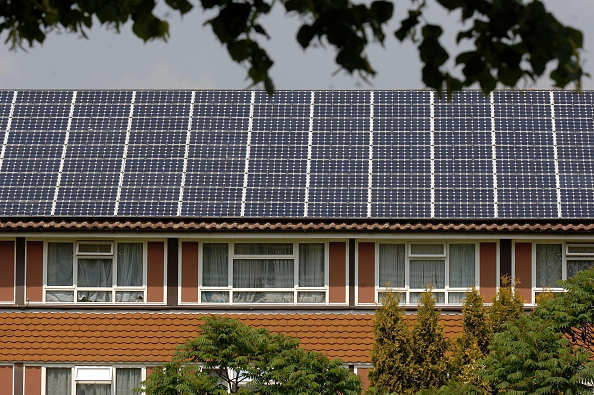Unveiling the Future: Rooftop Solar Developments
Embark on a journey into the sustainable future as we explore the transformative landscape of rooftop solar developments. These initiatives not only harness the power of the sun but also redefine the way we approach energy consumption. Join us on this enlightening exploration of innovation, efficiency, and the promising potential of rooftop solar developments.
1. The Rise of Solar Integration
Rooftop solar developments mark a significant stride in the rise of solar integration across urban landscapes. From residential buildings to commercial structures, the integration of solar panels on rooftops is becoming a hallmark of forward-thinking and environmentally conscious development. This shift towards clean energy sources represents a commitment to a greener and more sustainable future.
2. Harnessing Clean Energy Potential
At the core of rooftop solar developments is the concept of harnessing the vast potential of clean energy. Solar panels, strategically positioned on rooftops, capture sunlight and convert it into electricity. This sustainable energy source not only reduces dependence on traditional power grids but also contributes to a significant decrease in carbon emissions, paving the way for a cleaner and healthier environment.
Explore Rooftop Solar Developments at lucasbarrios.com
For those eager to delve deeper into the world of rooftop solar developments or seeking inspiration for sustainable living, dedicated resources provide valuable insights. Whether you’re a homeowner, developer, or environmental enthusiast, rooftop solar developments offer a promising path to a more eco-friendly future.
3. Advancements in Solar Technology
The realm of rooftop solar developments is continuously advancing with innovations in solar technology. From more efficient photovoltaic cells to advanced energy storage solutions, these developments are at the forefront of harnessing cutting-edge technologies. As technology evolves, rooftop solar installations become more accessible, efficient, and cost-effective, further encouraging widespread adoption.
4. Redefining Urban Architecture
Rooftop solar developments are redefining the landscape of urban architecture. Architects and designers now consider solar integration as an integral part of their projects, seamlessly incorporating solar panels into the overall aesthetic of buildings. This shift not only enhances the sustainability of structures but also sets new standards for modern, environmentally conscious architecture.
5. Economic Incentives and Affordability
The economic viability of rooftop solar developments is increasingly evident, thanks to various incentives and advancements in affordability. Governments, recognizing the long-term benefits of renewable energy, often provide financial incentives and tax credits for solar installations. Additionally, the decreasing costs of solar technology contribute to making rooftop solar solutions more accessible for both residential and commercial applications.
6. Community Impact and Energy Independence
Beyond individual buildings, rooftop solar developments have a broader community impact. In neighborhoods where solar adoption is prevalent, communities can collectively contribute to reduced carbon footprints and increased energy independence. The shared commitment to clean energy fosters a sense of environmental responsibility, creating a ripple effect that extends beyond the rooftop level.
7. Environmental Sustainability and Climate Resilience
Environmental sustainability is a driving force behind rooftop solar developments, as they play a crucial role in climate resilience. By transitioning to renewable energy sources, communities and cities become more resilient to the impacts of climate change. Rooftop solar developments contribute to a diversified and sustainable energy portfolio, reducing vulnerability to conventional energy supply challenges.
8. Smart Grid Integration for Efficiency
Rooftop solar developments are often integrated into smart grid systems, enhancing energy efficiency and distribution. These systems enable seamless communication between energy producers, consumers, and the grid, optimizing the use of solar-generated electricity. Smart grid integration ensures a reliable and efficient energy supply, especially during peak demand periods.
9. Sustainable Urban Planning and Regulations
The adoption of rooftop solar developments is closely tied to sustainable urban planning and supportive regulations. Cities and municipalities play a pivotal role in shaping policies that encourage and facilitate the integration of solar solutions. Forward-thinking urban planning ensures that rooftop solar developments align with broader sustainability goals and contribute to creating eco-friendly urban environments.
10. Educational Initiatives and Public Awareness
As rooftop solar developments become integral to our urban landscape, educational initiatives and public awareness campaigns play a crucial role. Informing the public about the benefits of solar energy, dispelling myths, and promoting the long-term advantages of rooftop solar contribute to widespread acceptance. Public support becomes a driving force for further advancements and adoption.
Visit lucasbarrios.com for an in-depth exploration of rooftop solar developments. Discover how these innovations are shaping a sustainable and energy-efficient future, one rooftop at a time.


